A Hodgepodge: Noguchi's Miss Expanding Universe, Bode's lack of books, and Sahara Longe's paintings
When I first caught a glimpse of the movements and colors of the Eames Solar Do-Nothing Machine via this film, I remember thinking: this is a pretty good representation of how my brain functions. Another thought was: how delightful!
The Eames Solar Do-Nothing Machine was a solar-powered toy made as a commission for the Aluminum Company of America (Alcoa) in 1957. Alcoa asked chosen designers to create something using aluminum for their Forecast Program; Isamu Noguchi created a side table, Alexander Girard a shelving unit, Greta Magnusson Grossman concocted a space age portable oven, and Eliot Noyes built a pavilion structure. In Eamesian fashion, Charles and Ray created a toy. Its small aluminum parts were cut, turned, brushed, anodized, dyed, and lacquered entirely inside the Eames Office. It was an aluminum machine with “nothing” as its intended output. All it was meant to do was absorb the sun, and whirl and twirl its numerous parts.
After the release of the SDNM, Charles Eames said, “We decided to make a device that will do nothing. But the answer is not as simple as that. What kind of a nothing? You can do nothing in a Baroque way. You can do it in a Gothic way. If you are not careful, you will wind up with a kind of hodgepodge of nothing, a big splatter of schmaltz.”
While researching and writing about this solar toy for work a few years ago, I remember being stopped in my tracks by these words from Charles. If I had always related to the busied and colorful behavior of the Solar Do-Nothing Machine, does that mean that I’m on the verge of mentally being a hodgepodge of nothing and a big splatter of schmaltz? Luckily, I let my non-solar-powered thinking stop there, and decided to admire this collaged-type of mind that I have. What is life if you’re not enjoying yourself whirling and twirling around, daydreaming and balancing many facets of creativity? I definitely don’t do it in a Baroque or Gothic way, but it’s my own recipe, and I’m enjoying the taste of it.
Here’s a hodgepodge of things I’ve been compiling in that brain of mine lately!
ANTI(?) BOOK CLUB vol. Bode
One of my favorite types of Absolument posts to write is the BOOK CLUB series. Maybe this has something to do with my belonging to the Nosey People Club? It is infinitely fun to examine what kinds of books people or brands keep in their homes/offices/shops/campaigns/etc.
Because Emily Adams Bode Aujla is in the upper echelon of cool and admirable, I was deeply curious about what kinds of books her clothing brand, Bode, aligns with. I got to work admiring images of the brand and its multiple shops (not a tough task, if you ask me). Whether in-store, in their brand look books, or on Instagram, I noticed that there was, shockingly, an absence of books! I made the grand assumption that you’d be able to walk into Bode and find a hardcover, aged book about world textiles—or another interesting, obscure topic—displayed alongside clothing.
What I find fascinating about Bode is that they are able to create such an unbreakable force of branding without needing to piggyback off of well-known names or book titles. Bode doesn’t need books to give the world context for its brand. They build and strengthen their identity with the help of photographs, personal ephemera, art, historic textiles, and a plethora of found objects. All of these pieces work together to evoke a feeling far more unique than merely stacking a pile of books next to a neat hill of knitwear. It isn’t necessary to see a Giacometti book placed next to a Bode handbag so that the fashion object’s status is tied to the ethos of modern sculpture. The handbag exists with an intrinsic histoire. The easy literature-adjacent product placement move is just not how Bode operates, and I deeply respect that.
Note: They did have some vintage Vogues on a coffee table!
Another note: I definitely do not look down upon brands who use books as props. Literature is a powerful and important messenger! At the end of the day, I love books and want others to love them too.
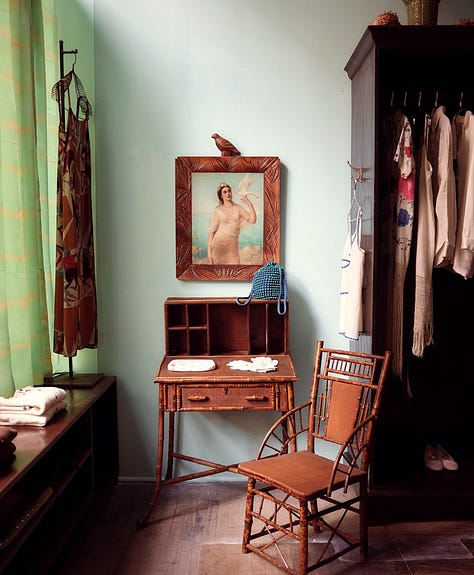


Here are the previous editions of BOOK CLUB, for your perusing:
vol. 1 - Sessun, a French women’s clothing brand
vol. 2 - Dakota Johnson’s lime-heavy Architectural Digest tour
vol. 3 - Finn Juhl’s Danish Modern Home
vol. 4 - Catalan architect Ricardo Bofill’s cement factory-turned-home-and-atelier
Sahara Longe’s paintings
Vogue described painter Sahara Longe as a “dark-haired beauty with an infectious smile,” whose father suggested to her to stop telling others that she is “so bad at painting.” This humbleness came from the pressures of her formal training and her feeling that she was never cut out to be a classical portraitist. She shifted her nature as soon as she began adding more “traditional colors,” finally finding the visual spirit that she is now recognized for.
In a soothing video, Sahara briefly explains her colorful transitioning and her historic inspirations:
“The colors I use have been around for hundreds of years. It’s a sort of sun-thickened linseed oil, which is thickened in a lead tray for about four weeks, and then you mix it with tree sap and turpentine. It gives a glow to the work—makes it more alive. . .I look at a lot of German expressionists, particularly the Die Brücke movement, which sought to bridge the past to the present time, particularly Ernst Kirchner and Erich Heckel. They used quite harsh, emotive colors.”
After hearing her explanation, I can completely see the connection with Die Brücke, an art movement that I found fascinating while learning about modern art in university all of those years ago. Another reason to admire her paintings!
Isamu Noguchi’s Miss Expanding Universe
One way to avoid being a big splatter of schmaltz is to become instead Miss Expanding Universe. With one glance, it was tough for my heart to not explode with inexplicable love for this sculpture. There is something so free and uplifting about her—as if she’s jumping for joy, or soaring while on her way to give you the largest embrace. Finding out her name made me adore her even more. What a feat to create a sculpture from aluminum (here’s that material again) with an appearance of having the weight of a feather.
Thank you, Isamu Noguchi, for crafting my own version of a patroness saint.
The Art Institute of Chicago describes this 1932 sculpture and how it was forged from Noguchi’s history:
Born in the United States, Isamu Noguchi lived in Japan until he was 13 years old, and was deeply affected by Japanese art and culture. In 1930, the artist returned to Japan to study its sculptural traditions and ceramics. Miss Expanding Universe was the first sculpture Noguchi made upon his return to the United States in 1932. In this work, he combined machine-age streamlining with characteristics of ancient Japanese funerary sculpture (haniwa). Later the same year, Noguchi transformed this flowing form into a sacklike costume for the pioneering dancer and choreographer Ruth Page and her ballet Expanding Universe.
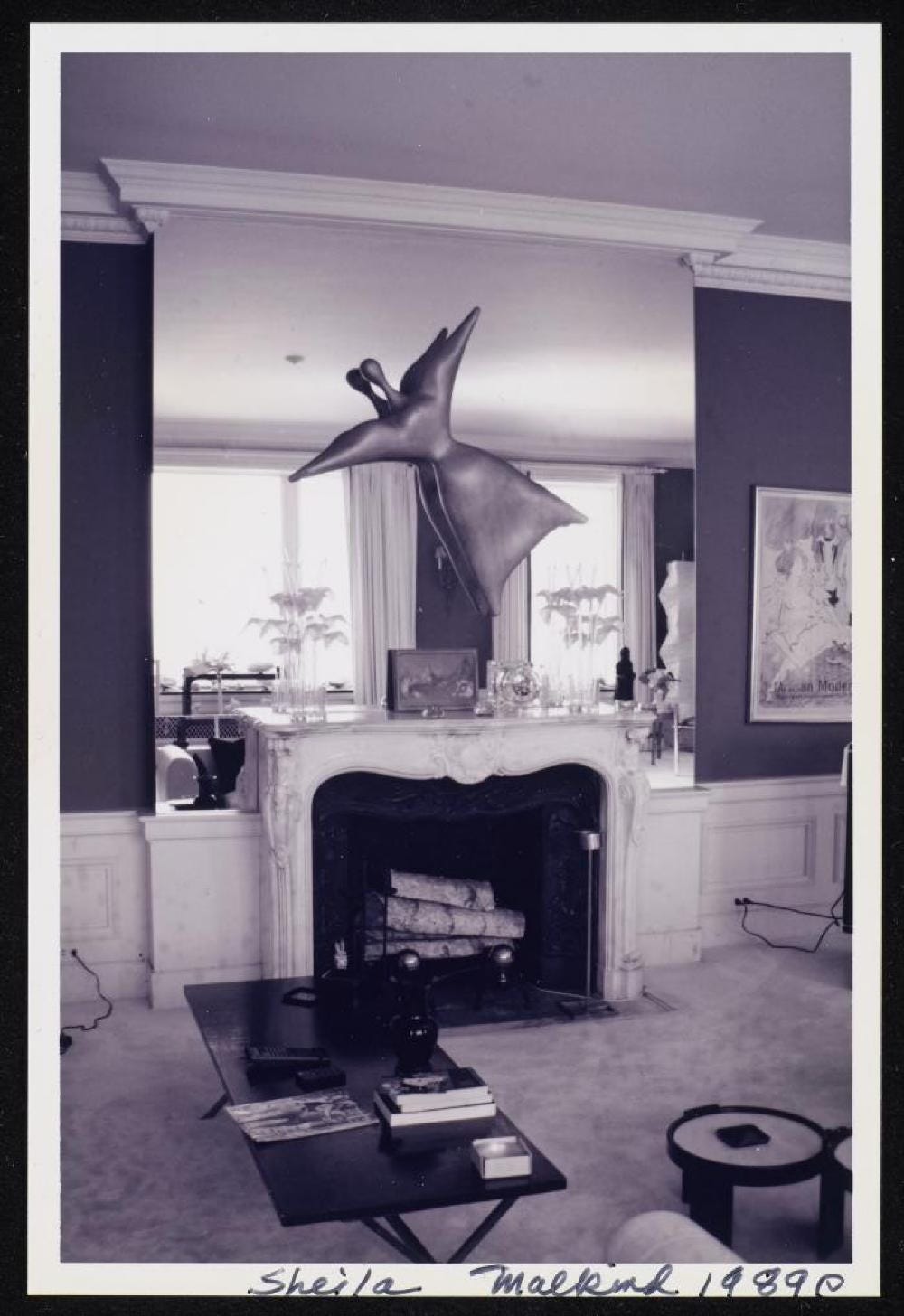
xx
With love from Miss Expanding Universe and me,
Kelsey


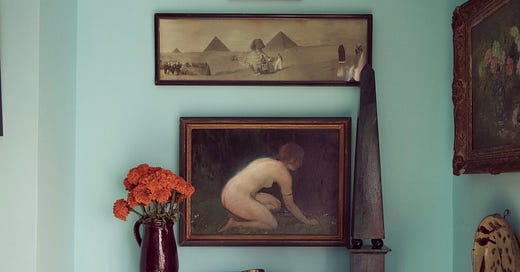



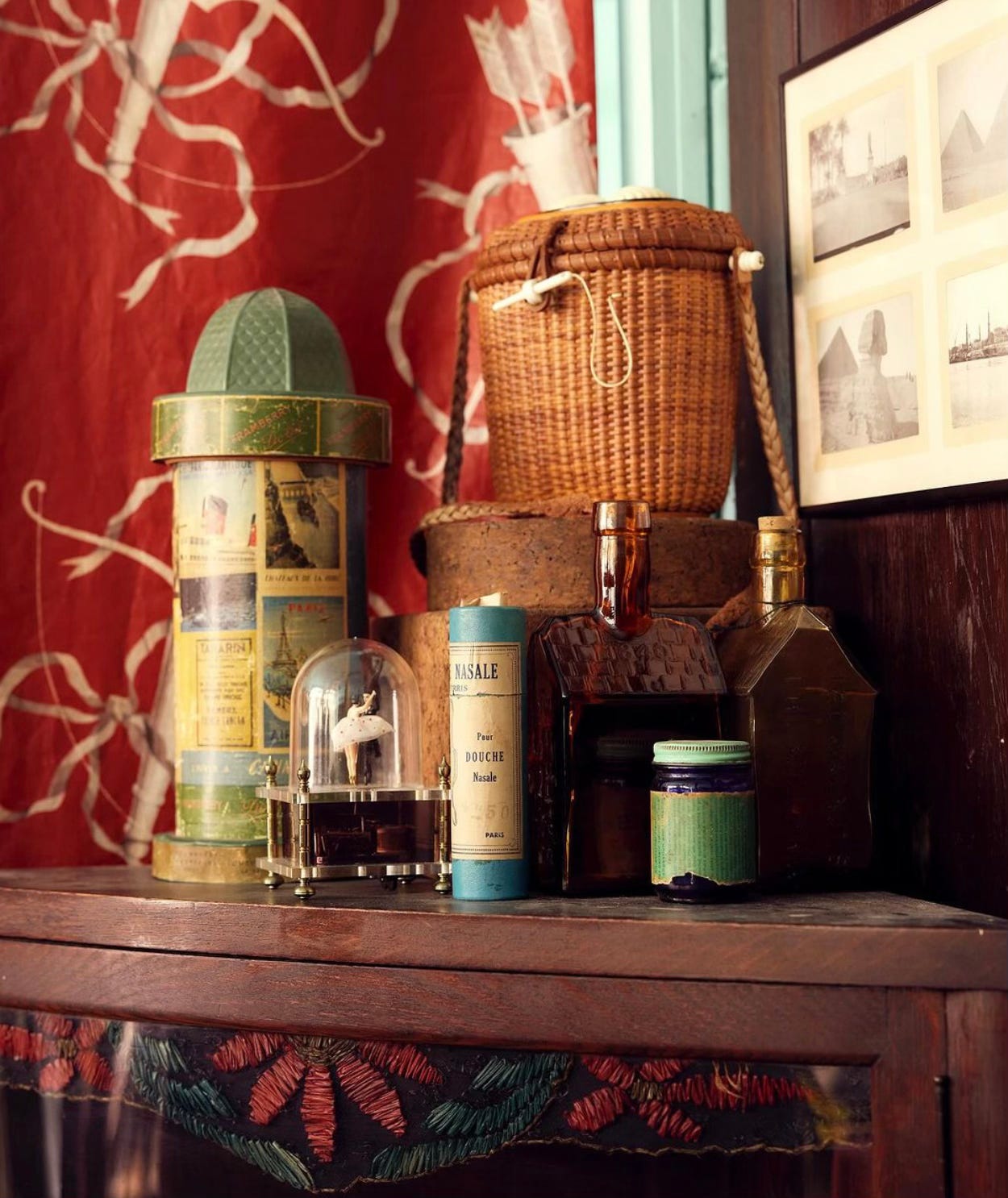
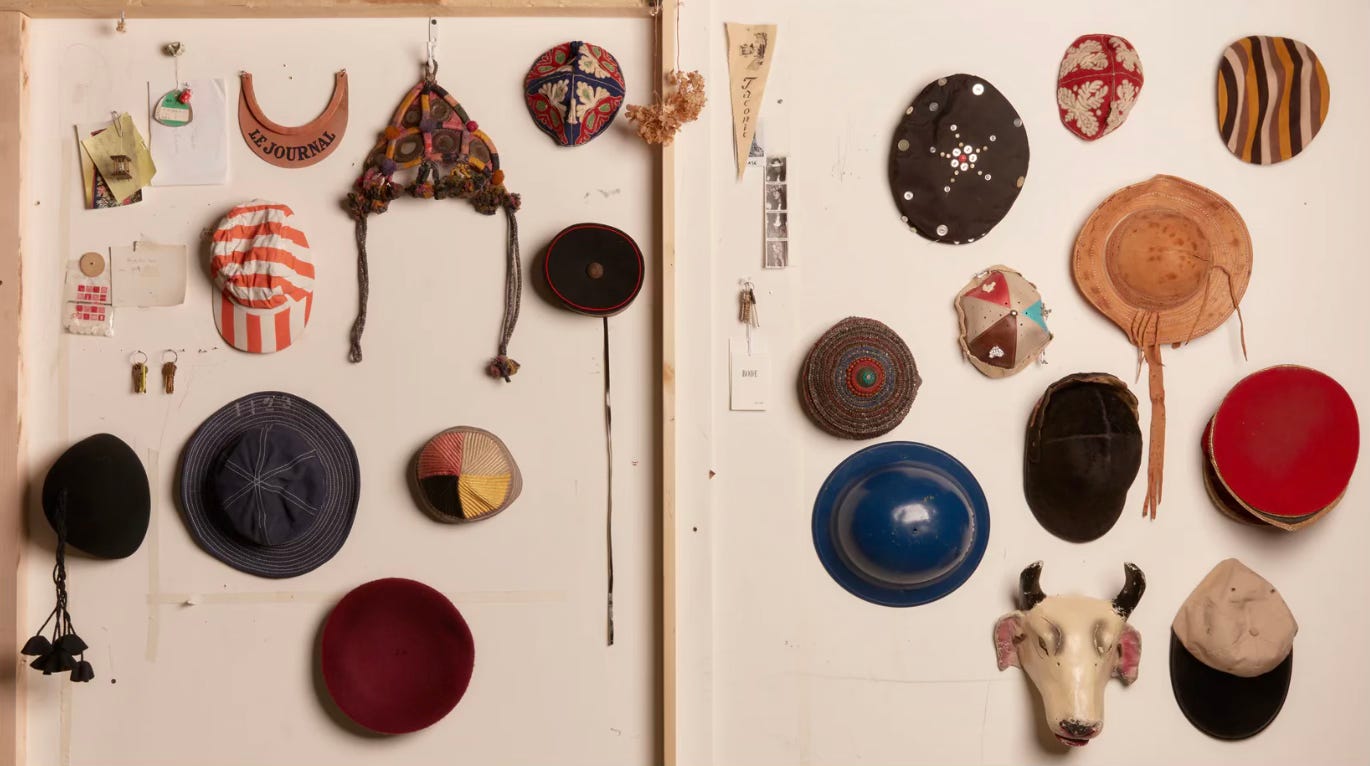
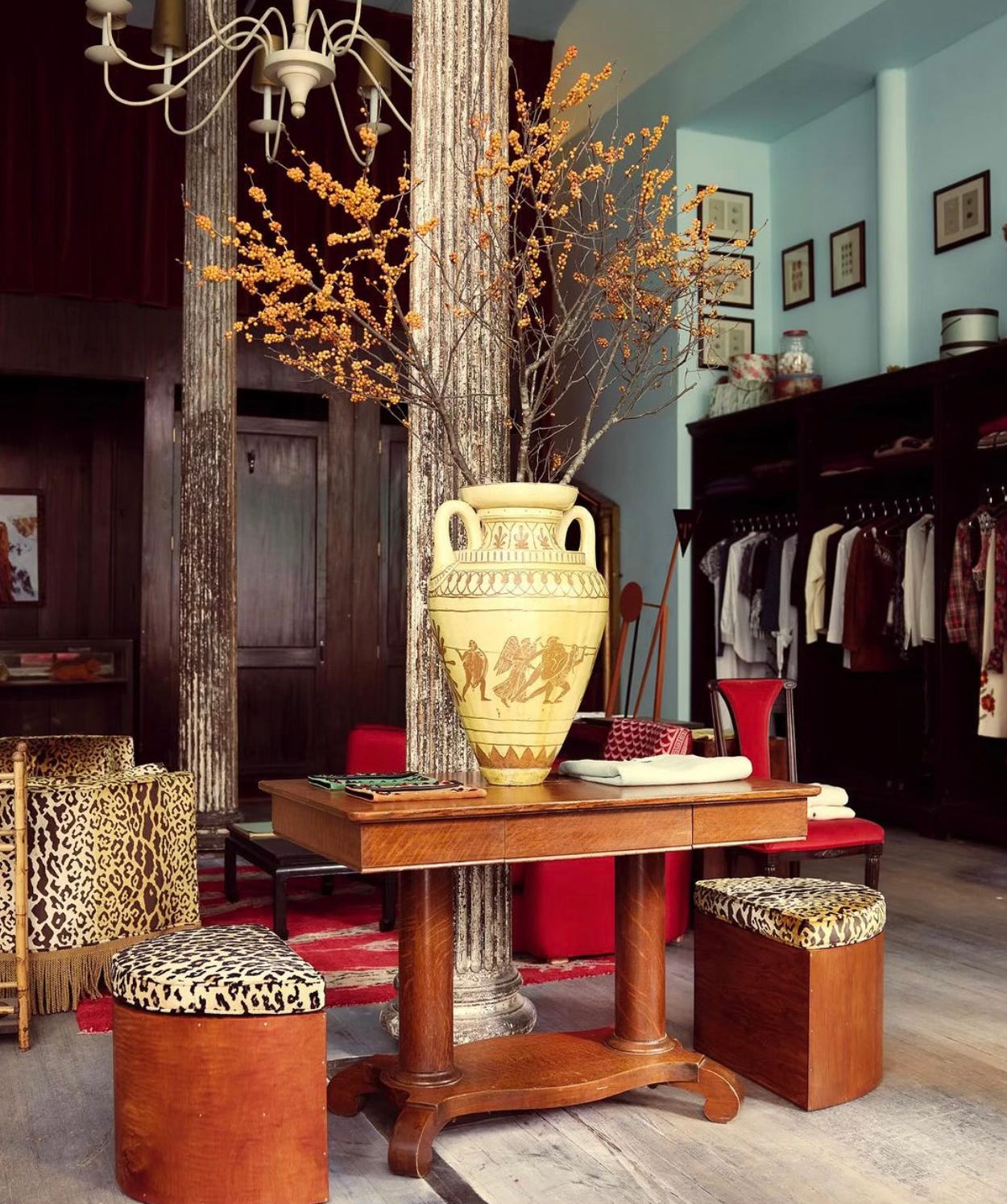
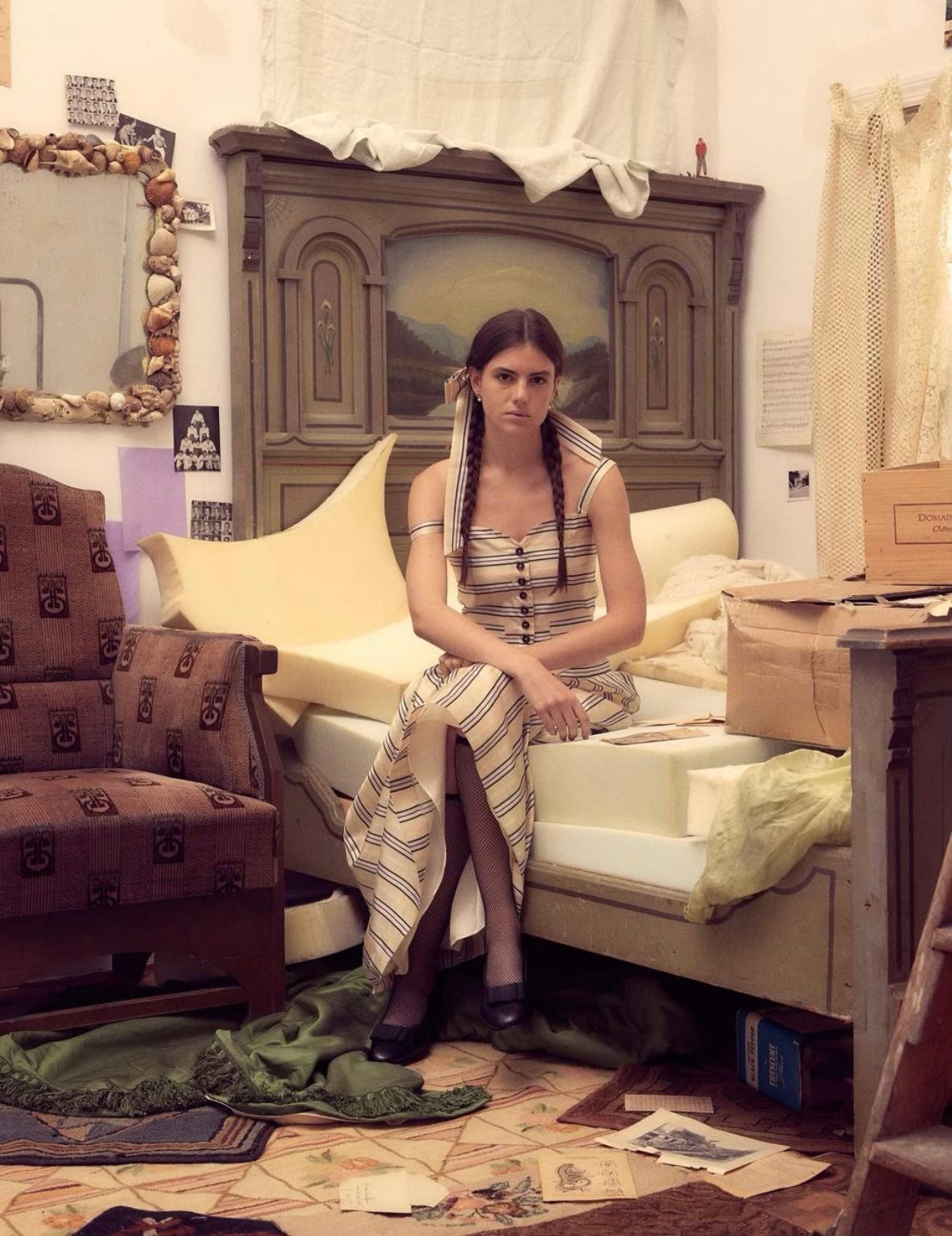
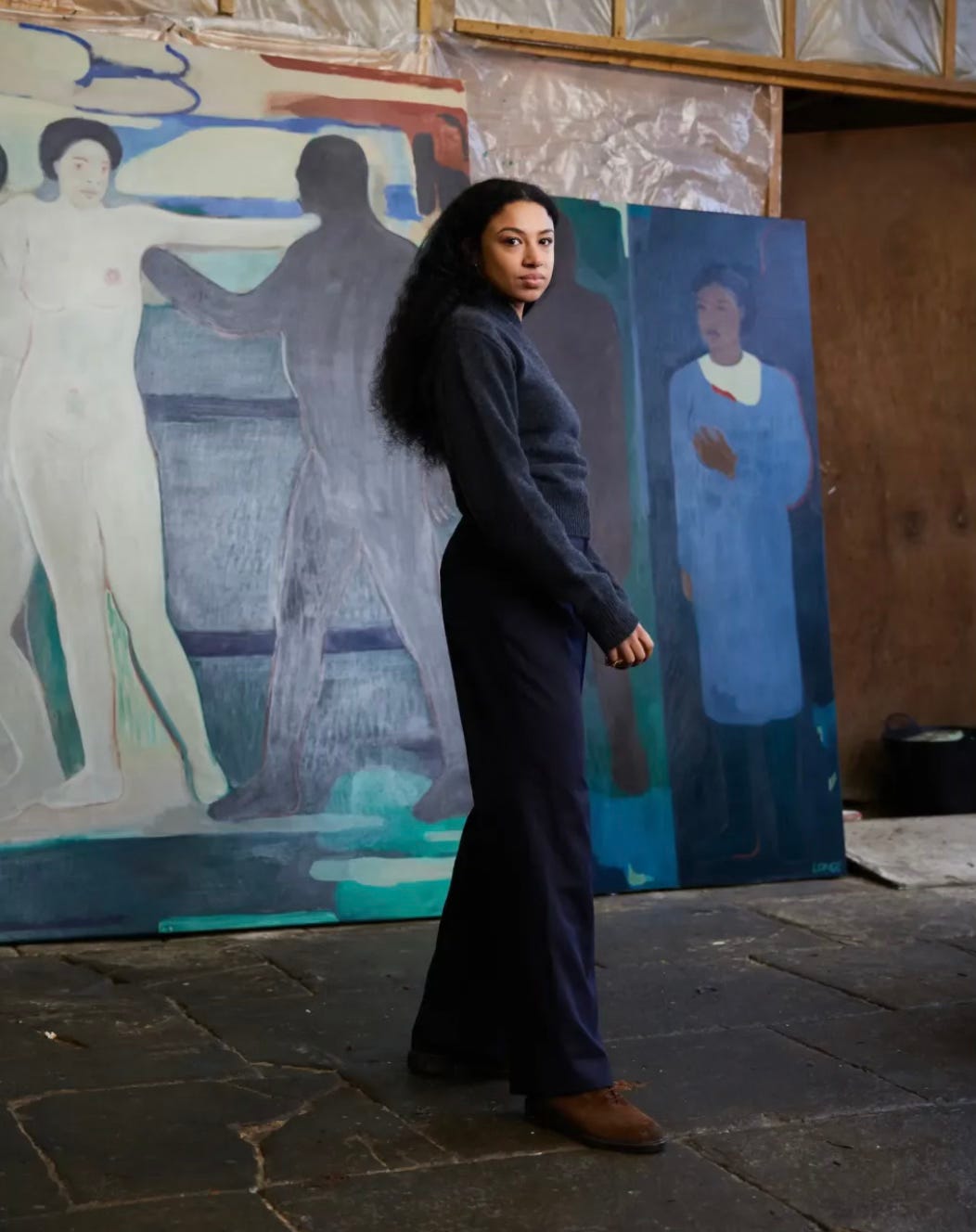
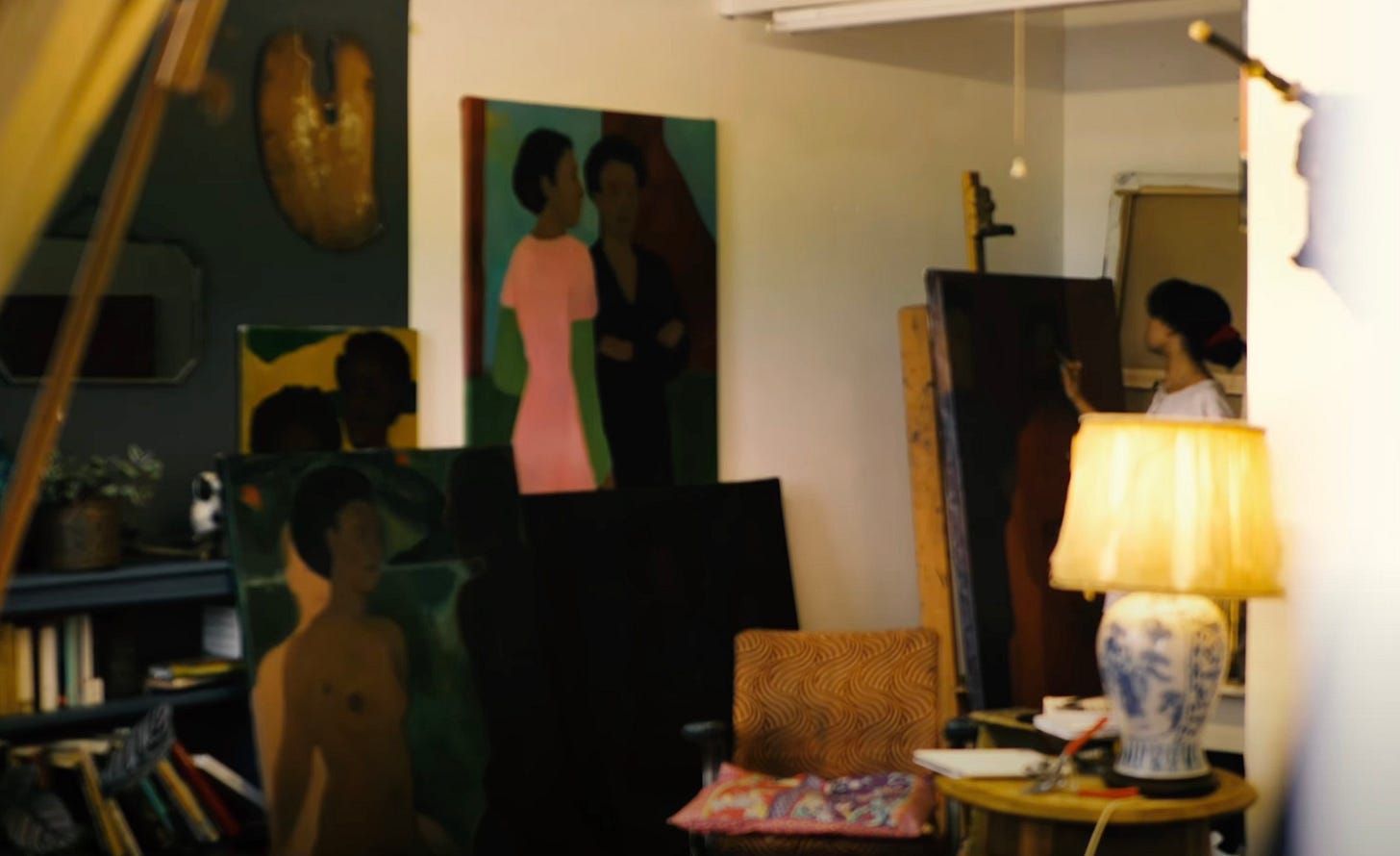
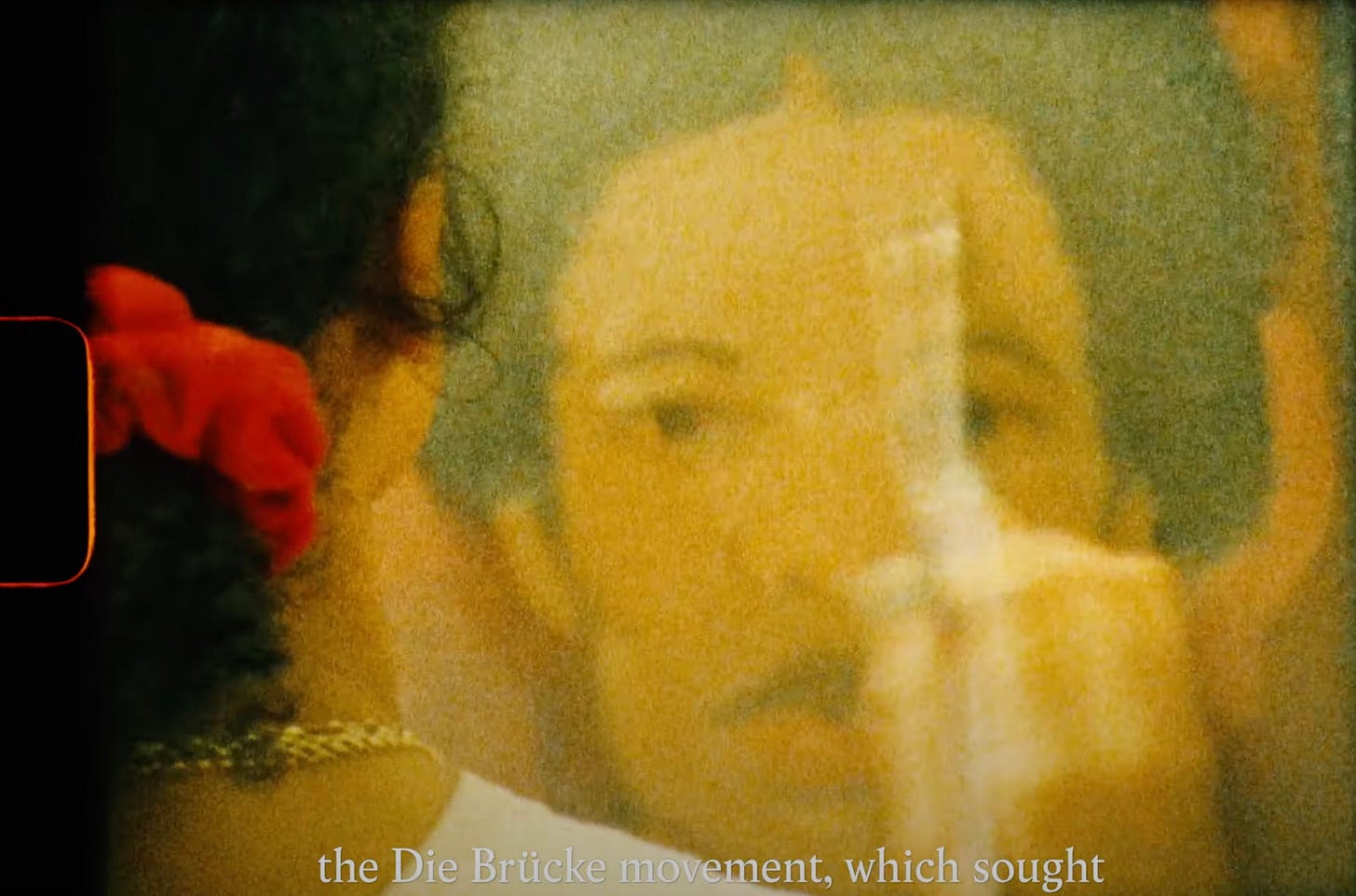
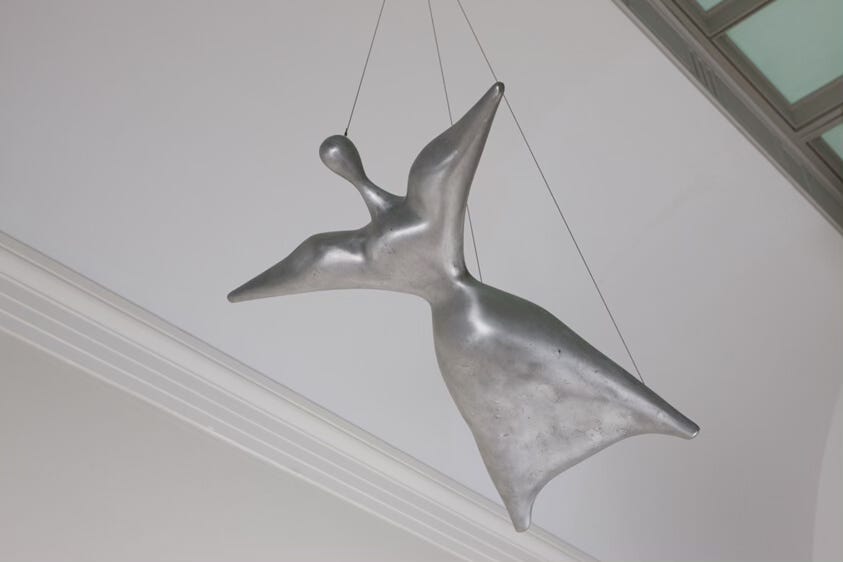
Loved this! It’s also great to know that other people read (no pun intended) into the props and details of an environment (especially in fashion/commercial imagery as opposed to a private home tour) because some of us take a lot of care to choose appropriate details for the purpose of the images
:-)
Thanks to Agnes Varda I have taken up the idea that I am a “gleaner of images and ideas with a generous, expansive vision who makes room for ruminations”…not as someone who does not seem to have the capacity to stay focused! Here's an IG you might like (she curates displays of vintage books for stores)...I didn't even realize that that was a "thing"...and I have a shop! https://www.instagram.com/wiwltr___reads/
Loved this post!